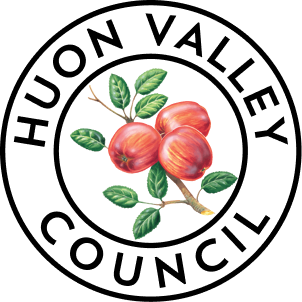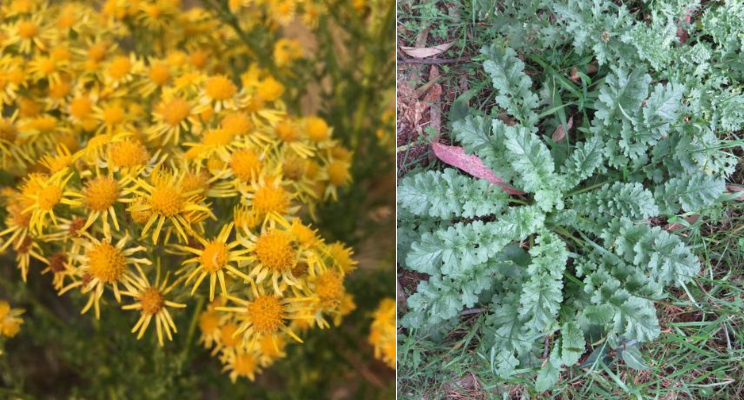
Ragwort (Senecio jacobaea) is a common weed in Southern Tasmania but with prime growing conditions this summer, new infestations have been popping up all over the Huon.
It thrives in patchy pastures and disturbed areas like roadsides and its seeds are dispersed by wind, making it quickly and easily spread across vast areas.
Ragwort doesn’t just compete with pasture for space. It is also toxic to cattle and horses and is especially dangerous when mixed with silage or hay, so it is vital we all work together to keep it under control.
Identifying ragwort
- Starts as a rosette of leaves with irregular, deeply lobed edges
- Leaf stems may be purple at the base
- Upright flowering stems form in summer, when the rosette leaves die off
- Bright yellow daisy flowers form in dense bunches at the top of the flowering stalk
For the past 35 years, Tasmania has been using biological control to manage ragwort. Three agents—Ragwort flea beetle, Ragwort stem and crown boring moth, and Ragwort plume moth—are actively working to tackle this invasive species.
A biological control agent is an organism, such as an insect or plant disease, that is used to control a pest species.
What can you do to support these biological control agents?
- Look for signs of activity from the control agent beetle and moths
- Slash plants prior to flowering rather than using chemical control methods
- Boost pasture health to increase competition for the weed
- Avoid using insecticides while the control agents are active
- Avoid overgrazing in boggy areas to protect the control agent larvae
Together, we can ensure long-term control through an integrated weed management approach!
For information about managing weeds on your property visit our webpage Weeds and the Huon Valley – Huon Valley Council
Ragwort biocontrol agents
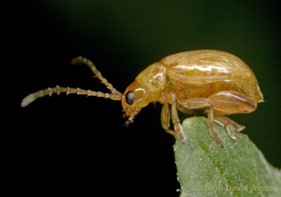
Ragwort Flea Beetle (Longitarsus flavicornis) – The larvae of the flea beetle feed on the Ragwort roots and root crowns from autumn to spring. The adults are most active in summer and early autumn and feed on the plant’s leaves creating a ‘shot-hole’ pattern. Adults are shiny, light brown and approx. 3mm long.
Photo: courtesy of www.mybitoftheplanet.com
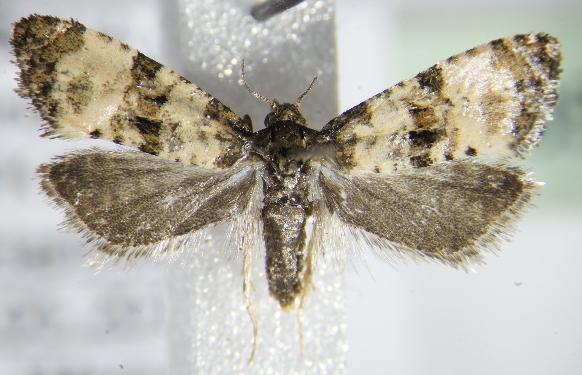
Ragwort Stem and Crown Boring Moth (Cochylis atricapitana) – The moth’s larvae bore into leaf bases, plant stems and crowns. Plant damage presents as blemished or blackened young central shoots. Moths are 8-10mm long, pale to dark brown.
Photo: courtesy of Bavarian Natural History Collections (SNSB), Zoologische Staatssammlung Muenchen
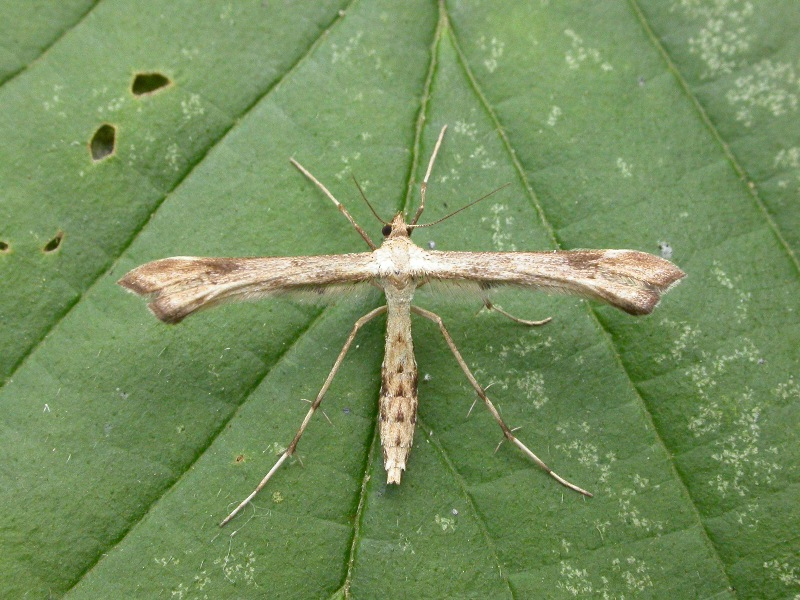
Ragwort Plume Moth (Platyptilia isodactyla) – Plume moth larvae damage the stem and crown, which reduces plant vigour and the number of flowers and seeds. A buildup of faeces (frass) around the crown indicates active larvae. Adult moths are pale brown with dark markings on the wings. Moths are most active at dusk and dawn.
Photo: courtesy of Neil Sherman, Suffolk Moths

